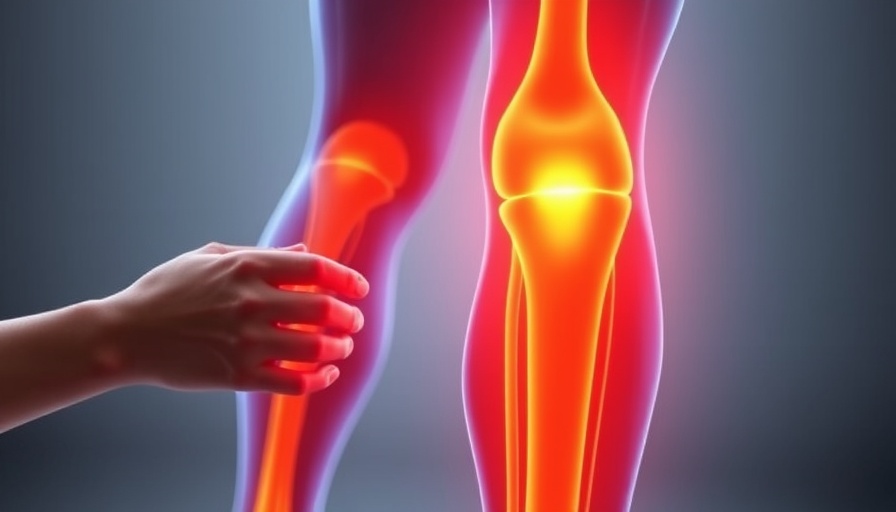
Breathe New Life Into Your Feet: A Walking Style Improves Knee Pain
For millions suffering from osteoarthritis, everyday movements can be a source of crippling pain. According to recent research from the University of Utah, a simple change in walking style—specifically gait retraining—might offer significant benefits. Instead of relying solely on pain medication, people can learn an effective walking technique that can reduce knee pain and even delay surgery.
Understanding Osteoarthritis: The Silent Sufferer
Osteoarthritis is one of the most common joint disorders, impacting nearly one in four adults globally. This degenerative condition occurs when the cartilage cushioning the bones deteriorates, leading to stiffness, pain, and a notable decrease in mobility. While there is no definitive cure, traditional management strategies have heavily focused on pain relief through medication or eventual surgery. However, as more individuals seek non-invasive options, alternative methods are gaining traction.
The Innovative Approach: Gait Retaining
The researchers at the University of Utah set out to explore gait retraining, which involves teaching patients to adjust their walking positions to minimize stress on their knee joints. Participants were guided through personalized walking style modifications, which included turning their toes inward or outward by 5 to 10 degrees, depending on their natural gait. Using motion-capture cameras along with pressure-sensitive treadmills, they were able to identify the optimal walking adjustments tailored to each participant.
Real-Time Feedback Mechanism
A unique aspect of this study was the use of wearable devices. Participants donned shin devices that vibrated when they walked incorrectly, providing immediate feedback that helped them recalibrate their movements. Regular practice, estimated at about 20 minutes a day, allows users to develop their modified gait naturally over time, reinforcing the new walking style.
Remarkable Findings: Comparable Pain Relief
After a year of adjusting their walking styles, participants reported less knee pain and showed slower cartilage deterioration as evidenced by MRI scans. The level of pain relief experienced was comparable to that provided by over-the-counter medications like ibuprofen, and in some cases, it approached the effectiveness of stronger prescription painkillers. This finding emphasizes the potential of gait retraining as a key strategy in the management of osteoarthritis.
The Future of Gait Training: Technology at the Forefront
Looking ahead, advancements in technology may foster enhanced accessibility of gait retraining. Researchers speculate that smart shoes embedded with sensors or smartphone applications could further streamline the process, allowing many more individuals to benefit from this proactive approach to pain management. This convergence of innovation and health may soon empower patients to take control of their arthritis pain through their walking styles.
Final Thoughts: Empower Your Steps
Adjusting your walking style may seem like a small change, but for individuals with osteoarthritis, it could unfold a new pathway towards pain relief and improved mobility. As the findings from the University of Utah illuminate, gait retraining stands not merely as a promising technique but also as a beacon of hope for enhancing quality of life. Stay informed about these innovative practices, and consider exploring how a simple change in your walking might lead to significant improvements in your day-to-day comfort.
Engage in this journey and discover how you can alleviate your arthritis symptoms by moving your feet in a way that works for you. Find a specialized gait retraining program today and transform your walking experience!
 Add Row
Add Row  Add
Add 




Write A Comment